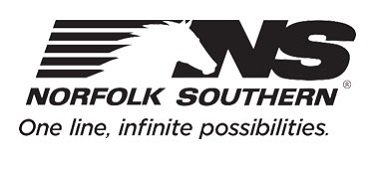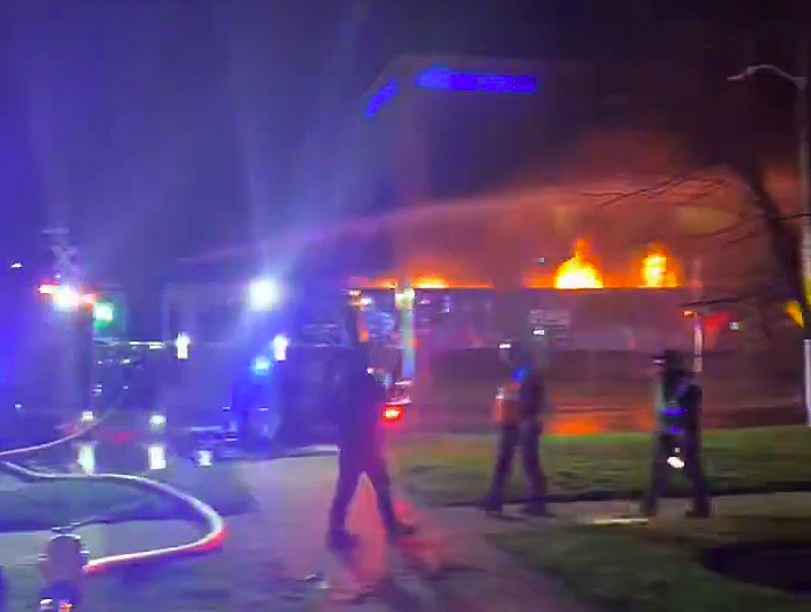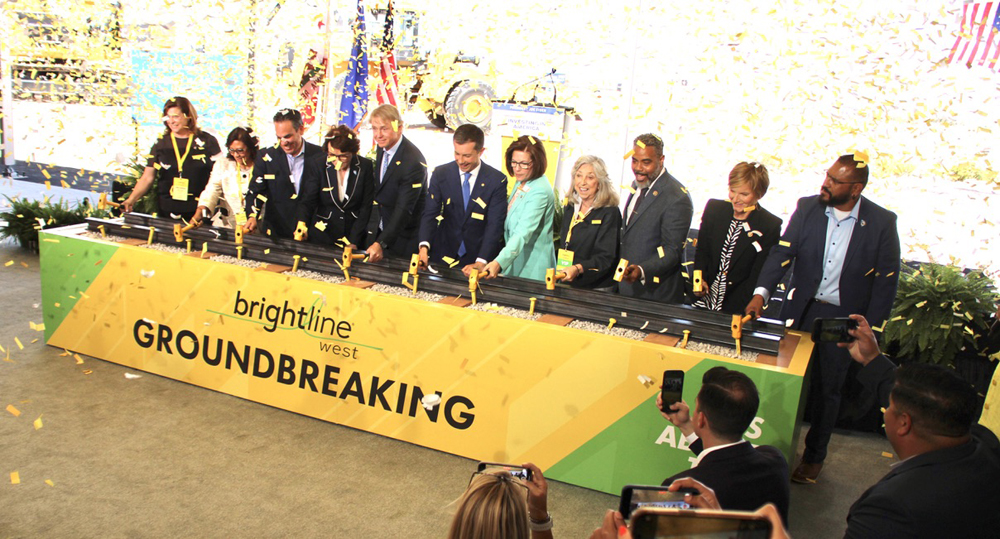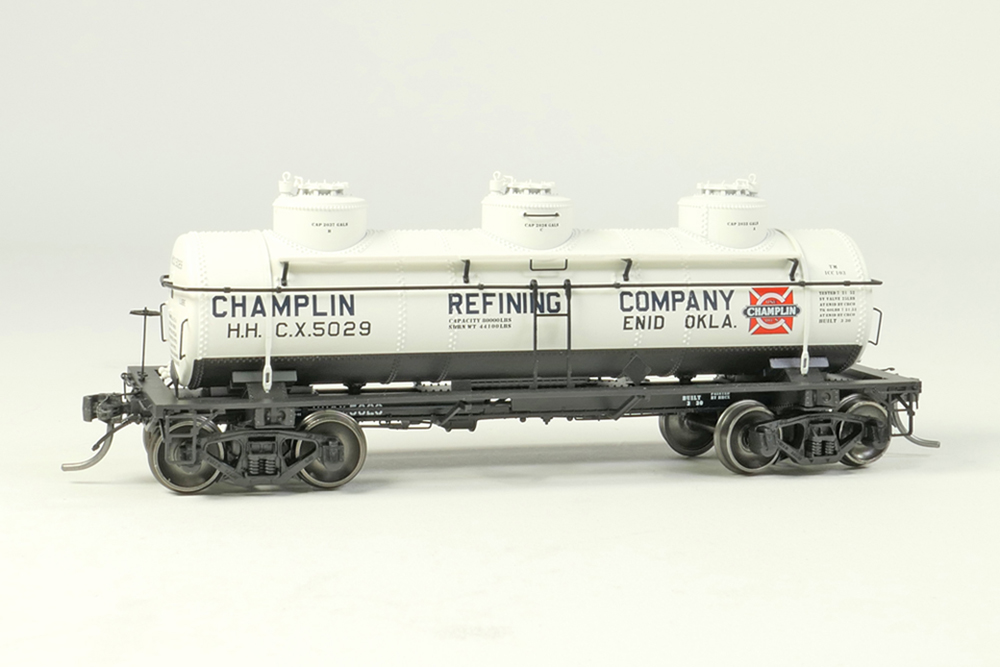PITTSBURGH — Norfolk Southern and groups representing residents of Pittsburgh’s North Side will go to a mediator to address concerns about the railroad’s plans to upgrade a route to handle double-stack container trains.
The Pittsburgh Post-Gazette reports that an attorney representing the Northside Leadership Conference says that he and the railroad are choosing a mediator to help address the neighborhood’s issue over the plan.
The railroad would use a $20 million grant from Pennsylvania’s Department of Transportation to raise the height of two bridges, lower the roadbed at another, and replace a fourth. The railroad would contribute $8.2 million to the project, which would provide a second, shorter path for container trains through the Pittsburgh area. Neighbors, however, are concerned about noise and pollution resulting from the resulting increase in trains, which could double from 20 to 25 per day to 40 to 50, as well as the type of cargo the trains would carry.
A Pennsylvania court has agreed to hear arguments on the dispute, but the hearings have been delayed at least 90 days to allow the mediation.
A railroad official declined to comment on whether Norfolk Southern has agreed to the mediation, saying only that it is “continuing to work through the approval process.”















Curt Warfel, You may be on to something there regarding the heavier cars. I live close to the branch that carried steel cars from the former steel plant at Sparrows Point in Maryland. When the evening transfer run would leave the mill with loaded coil cars, I would notice a pronounced rumble from the train.
After the mills closure, most trains now are mixed freight with an occasional export coal train. To me there is a noticeable difference, due to the weight of the cars I believe. I now have to listen closely to determine if I should sprint to the tracks!
They really don’t, NS is just being nice to them.
Michael, the Conemaugh Line is longer and if I remember correctly there is a tunnel along it which was not expanded for double stacks when the mainline was. When I rode the line in 1979 it was slow, the maximum speed was 50 mph. The curve at the station is no sharper than the one over the Allegheny River at Kiski Jct. I remember going through the station and across the river on trains with 86 foot high cube auto parts cars, lots of flange squeal but no other problems.
I used to live next to a railroad growing up and didn’t think it was a big deal. Then one day I was at a friends house (who live a mile farther away) and noticed their dishes began to rattle periodically. What changed?
The switch to AC power was the only difference I could measure before and after. For reasons unknown, the new engine power was passing more vibration into the ground and that frequency seemed to resonate farther than the older DC engines did. At the time, the railroad was using AC for Powder River drags & containers and DC for manifest/grain combos.
I also checked to see if perhaps it was welded rail, the prime mover exhaust noise and a host of other items, but the only thing I could sort was AC powered locos.
It wasn’t scientific with probes in the ground etc. It was just by pure observations.
Now that AC is becoming the norm in rail power, maybe people aren’t making things up. Perhaps they do resonate over a longer distance. Maybe a doctoral thesis in environmental acoustics is in order.
When I worked for Conrail in the 80’s just about everything went through the station and the Northside line they are talking about. The only thing that didn’t run that way were the coal trains from southwest PA and a few trains that ran over the old Panhandle line from Mingo Jct. and west. New residents who just don’t want trains in their backyard.
I used to own a home adjacent to a very busy (100 or more per day) RR RofW. The home that I live in now is only separated from the RR by one parcel. I am content here. No complaints. But I understand folks who might be financially harmed by increased rail traffic because your home value is significantly impacted. Move? Easier said than done. If your home value is reduced by 25-50% due to unsaleability because of increased rail traffic, and anyplace else that you seek to buy in a quiet neighborhood is double or triple the price of your existing home, how can you move?
The real irony here is this line currently hosts manifest freight trains carrying regulated products. In other words; the risk is already there and has been for many years. While IM trains do handle some packaged regulated products; it’s a reasonable assumption the majority of IM traffic through that area is most likely consumer goods.
I sometimes wonder if there is a reference guide of sorts for the legal profession since the same tired “concerns” seem to show up every time a railroad proposes capacity enhancements.
What happened in interstate commerce? How do local officials have any say?
Interestingly, the old Pennsy route in question is a 4 track cut well below grade which, with classic PLS’s and stonework, provided iconic images.
Yes, they would go across Ft Wayne bridge. The “tight curve ” at the end of bridge has always been that way. Lots of squeeling wheels!!!But once you go thru the station it is straight (even if uphill) on mostly protected right of way with few crossings.
Disgusting. Don’t like living next to a railroad then move. The railroad doesn’t need you as a neighbor.
Okay, that was a potentially dumb question. It just dawned on me that NS might just want to run double-stacks through the North Side and onto the Fort Wayne bridge and through the passenger station (and that tight curve coming at the station end of the bridge).
I might have asked this question once before, but:
How many more bridges on the Conemaugh Line will have to be raised (if any) once the line gets out of the North Side to get double-stacks to Conpit?
And how many more trains can the single track upstream (railroad east) of Sharpsburg handle per day?
This “North Side” line has been the “main thru line” for Pennsy, PC, Conrail, and now NS, for maybe 100 plus years. Paul Dietz is correct that almost all thru trains went this war for years. It is in a deep cut ,with a iron fence along both sides at the top of the cut. It runs thru a public park, with no residences directly adjacent to the line. As for the “type of cargo”,it is all going thru town now, only on the “Mon” line. All double stacks use the Mon line which “hangs on the side of a hillside” called Mt. Washington. Last year their was a double stack derailment with several derailed cars came down the hill, on to the T light rail tracks. These “boxes” just missed a T train by about 10 seconds, and did three million damage to the T tracks etc. Can anyone wonder why N S wants to move the “boxes”, to what i would judge to be a much safer,shorter, and faster route ?
“
I’d think a more likely cause of ground vibration emanating further from a railroad track is the number of railcars that have GRL’s of 286K and 315K pounds. These heavier cars have become much more prevalent in the last 10 to 15 years.
John, this is just speculation, but perhaps because AC locomotives have more tractive effort, they don’t need to be revved as high to get going as do DC locos. I would guess the prime mover isn’t as smooth at lower RPMs as it is in the higher notches. I’m not an expert, just thinking out loud.
John Rice, how close was any new truck traffic(if there was any), that resonates through the ground great distances(over a couple miles easily sometimes).